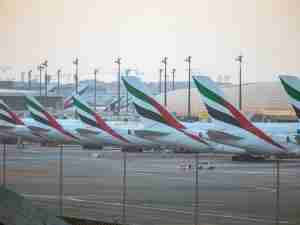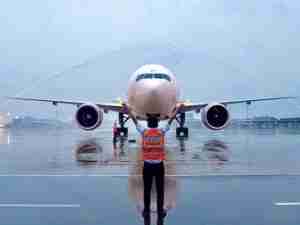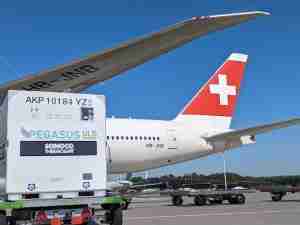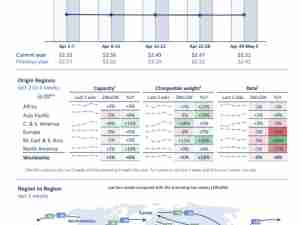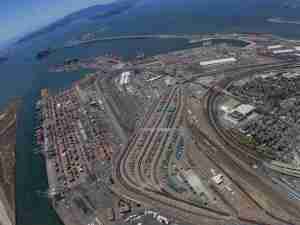Japanese regulators immediately warned that the timetable was impossible to predict, in part because investigators still do not know what had caused lithium-ion batteries to overheat on two 787s.
"At this time we are not yet in a position to say when flights will restart," said Shigeru Takano, the air transport safety director at Japan's Civil Aviation Board (CAB), which will assess and approve Boeing's proposed fix.
Boeing's confident assertion marked a shift from the May or June dates expected by airlines, and appeared to pressure regulators to quickly approve the new battery safeguards. Industry sources said U.S. regulators have signalled they expect a lengthy testing schedule sufficient to ensure the refitted, carbon-composite plane is safe.
Boeing's timetable also put the company at risk of missing a deadline if approval takes longer than expected, adding to a history of missed deadlines that has bedevilled the Dreamliner.
Regulators grounded Dreamliners worldwide in January after a battery caught fire on a Japan Airlines Co (9201.T) 787 jet at Boston's Logan airport and a battery melted on an All Nippon Airways Co (9202.T) flight in Japan.
On Tuesday, the Federal Aviation Administration (FAA) approved Boeing's plan to test its new battery system for certification. The agency had no comment on Boeing's new timetable on Friday.
In explaining its optimism, Boeing said it had finished three tests of the new battery system and was performing three more this week, all in cooperation with the FAA, allowing it to predict the plane would be back in the air in weeks, not months.
HURDLES TO CLEAR
"We should be able to finish those tests in the next week or two," Ron Hinderberger, vice president of 787-8 engineering for Boeing Commercial Airplanes, told a U.S. press conference on Friday. Once the tests are finished, it will be up to the FAA to approve the process, Hinderberger added.
To meet regulators' standards and ensure safety, Boeing said it will encase the redesigned battery in a steel box, pack it with added insulation, heat-resistant material and spacers, and provide drainage holes to remove moisture and vent any gases from overheating directly outside the aircraft.
"If we look at the normal process and the way in which we work with the FAA, and we look at the testing that's ahead of us, it is reasonable to expect we could be back up and going in weeks, not months," the 787's chief engineer, Mike Sinnett, said at an earlier briefing in Tokyo.
But the CAB, the FAA's counterpart in Japan, dismissed Sinnett's prediction, saying it was too early to predict when 787 operations could resume, since regulators in the United States and Japan are still investigating. Takano, the air transport safety director at the CAB, said Sinnett's comment on the battery probe was "inappropriate."
A transport ministry source, who declined to be identified because he was not authorized to talk to the media, told Reuters it was possible the 787 will fly again in "several weeks" but cautioned that regulators will take as much time as they need to assess the battery fix.
Once regulators approve the work, installing the new power packs and adding a vent will take about a week per plane, Boeing's vice president in charge of 787 services, Mike Fleming, said after the briefing in Tokyo.
HEARINGS AHEAD
Beyond the testing regimen, Boeing also faces public hearings in April on the safety of its batteries, called by the U.S. National Transportation Safety Board.
The agency is investigating the cause of the battery failures and the original process used to certify the battery as safe, and is expected to make recommendations. It is unclear how long the NTSB investigation will last.
And some investigation details remain in dispute. Boeing said Friday, for example,
